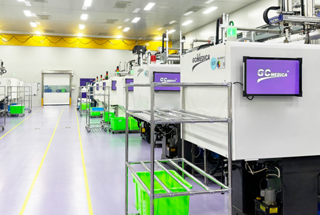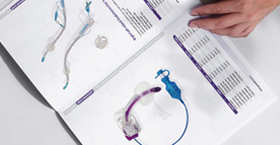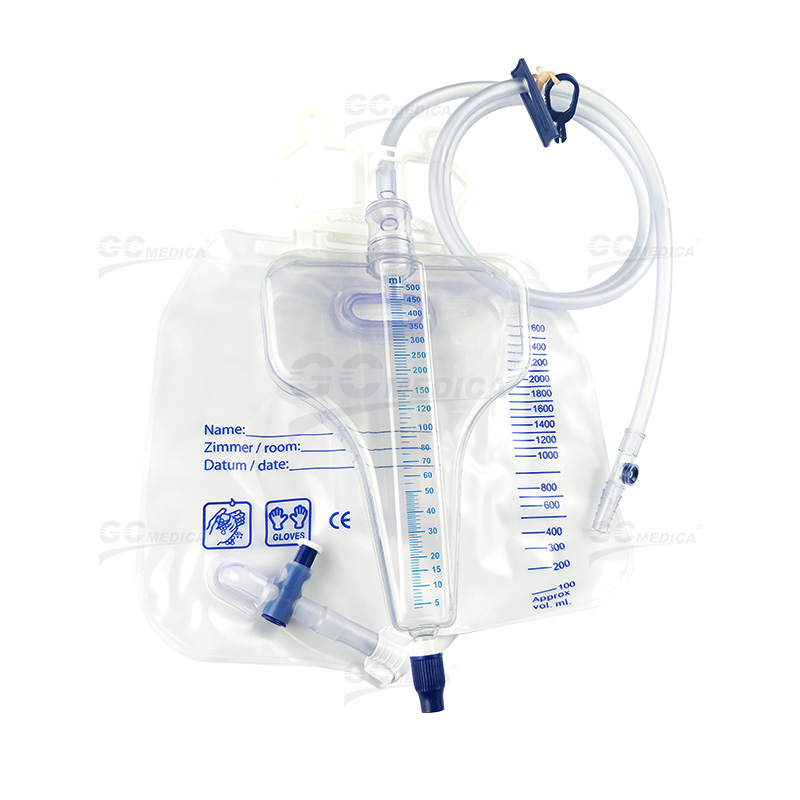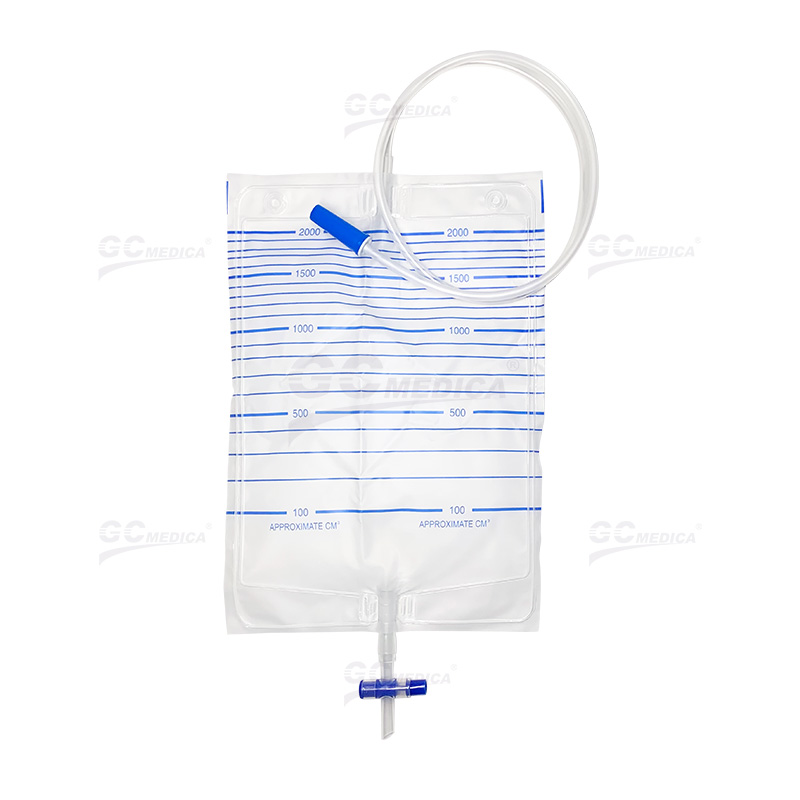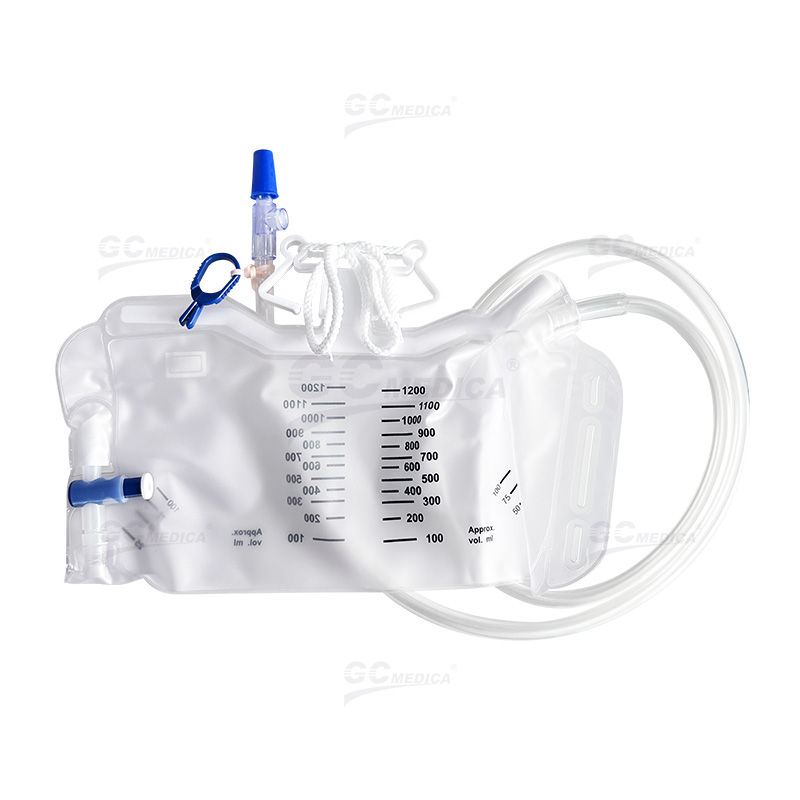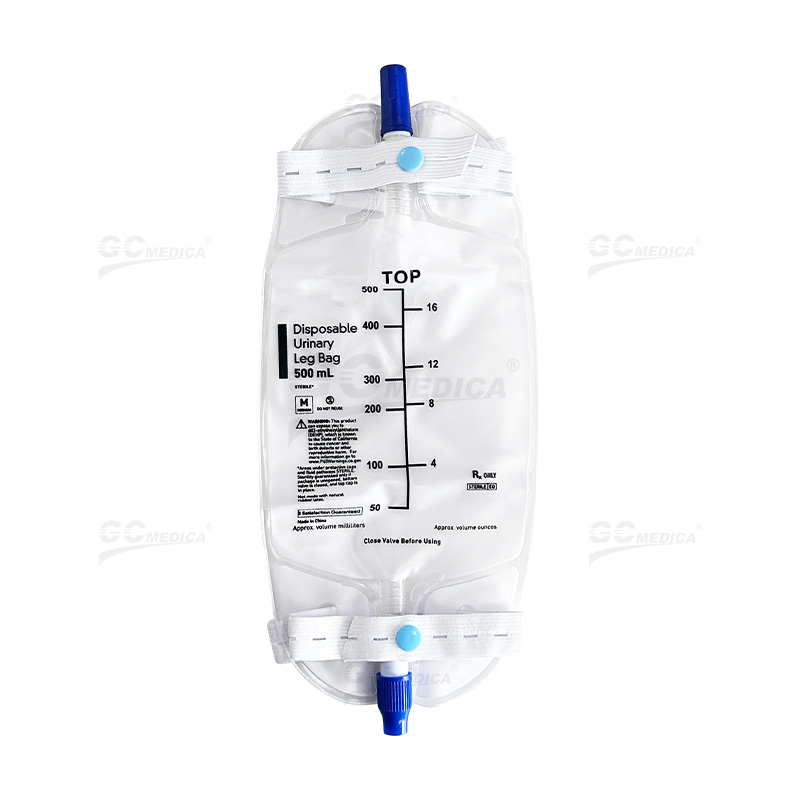Choosing the appropriate urine drainage bag for a medical facility is essential for ensuring patient safety, maintaining hygiene, and streamlining clinical operations. This article provides a step-by-step guide to selecting the right urine drainage bag, focusing on important features and considerations that align with modern healthcare standards.
| Urosteam drainage bag | |
| Urine Meter | |
| Basic Urine Bag | |
| Low-Bed Urine Bag | |
| Urinary Leg Bag |
Understand Your Facility's Needs
The first step is to assess your facility's specific requirements. Consider the following aspects:
Patient Demographics: Evaluate the needs of various patient groups. Pediatric, adult, and geriatric patients may require different designs or capacities.
Clinical Setting: Determine whether the bag will be used in intensive care units, long-term care, or outpatient settings. The device’s durability and ease of use may vary based on the environment.
Usage Frequency: Consider how often the device will be utilized. High-usage areas demand more robust solutions with enhanced reliability and ease of maintenance.
Key Features to Look For
When choosing a urine drainage bag, focus on several key features that directly impact functionality and patient care:
Accuracy and Volume Markings: A clear, easy-to-read scale ensures precise monitoring of urine output. Accurate measurements are critical for fluid balance and timely medical interventions.
Material Quality: The bag should be made of medical-grade, biocompatible materials that are resistant to leaks and safe for prolonged contact with bodily fluids. A smooth, non-porous surface is essential for effective cleaning and disinfection.
Design and Ergonomics: Look for a design that facilitates easy attachment and secure fitting. User-friendly features such as transparent construction allow healthcare professionals to quickly assess the volume without additional tools.
Flexibility and Durability: The device should be flexible enough to adapt to patient movements while maintaining structural integrity. Durable construction reduces the risk of damage and minimizes replacement frequency.
Ease of Integration: In facilities where data tracking is crucial, consider how the urine drainage bag can integrate with electronic monitoring systems. Although not every device offers digital connectivity, a bag designed to work well within an existing system can streamline workflow and improve patient management.
Consider Infection Control and Hygiene
Hygiene is paramount in healthcare environments. A urine drainage bag should be designed with infection control in mind:
Antimicrobial Properties: Some bags are designed with antimicrobial materials or coatings that help reduce the risk of bacterial contamination.
Ease of Cleaning: Devices that are easy to disassemble and clean contribute to better infection control practices. Ensure that the design supports thorough cleaning protocols without compromising the bag’s durability.
Disposal Methods: Consider whether the bag is designed for single-use or if it can be safely reused after proper sterilization. Each option has implications for both cost and infection control.
Cost and Operational Efficiency
Budget considerations are critical when selecting a urine drainage bag. While initial costs are important, long-term operational efficiency should guide the decision:
Cost-Effectiveness: Weigh the benefits of a higher-priced, durable device against its potential to reduce complications and maintenance costs over time.
Maintenance Requirements: Devices that require minimal maintenance and offer straightforward repair or replacement processes can reduce downtime and support continuous patient care.
Training and Support: Consider the availability of training materials and support for healthcare staff. A device that is simple to use and comes with clear instructions will help minimize errors and ensure efficient operation.
Making the Final Decision
To choose the right urine drainage bag, compile the requirements and evaluate the available options based on the key features mentioned. Engage with clinical staff to gather insights about practical needs and consider trialing a few devices in a controlled setting. The goal is to ensure that the chosen device not only meets technical specifications but also integrates seamlessly into the day-to-day operations of your facility.
Final Thoughts
The right urine drainage bag can significantly enhance patient care by ensuring accurate fluid monitoring, maintaining high hygiene standards, and contributing to operational efficiency. By understanding your facility's needs, focusing on critical features, and considering long-term costs and benefits, you can make an informed decision that supports both patient safety and clinical effectiveness.


 Français
Français Español
Español Products
Products

 About Us
About Us




